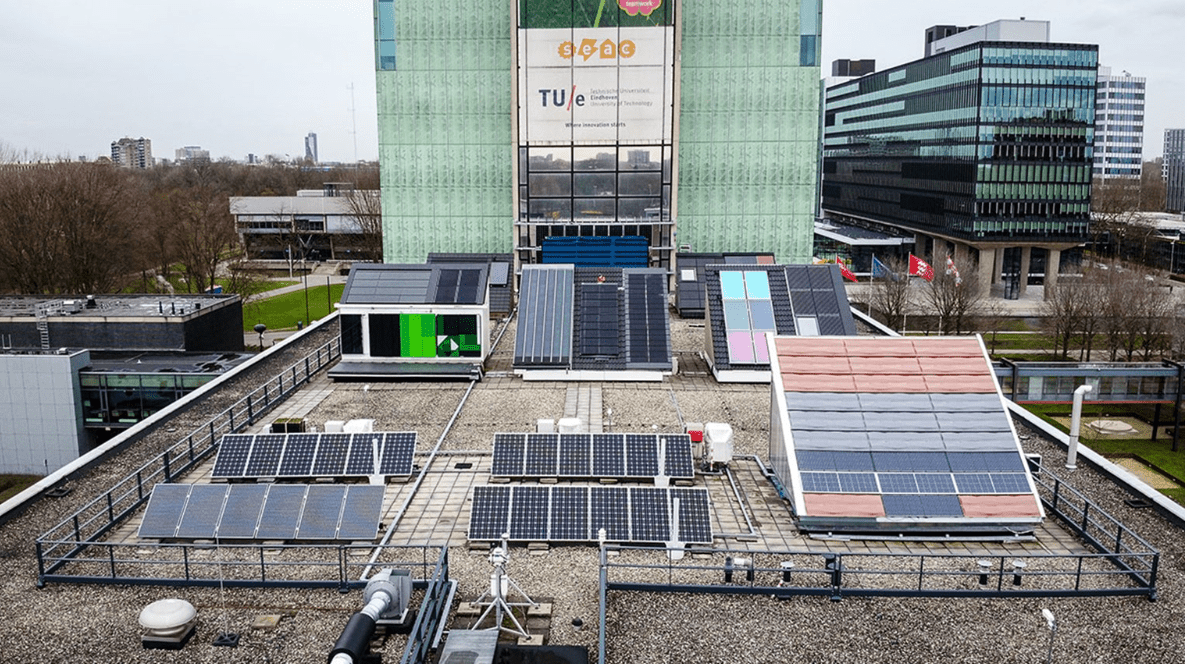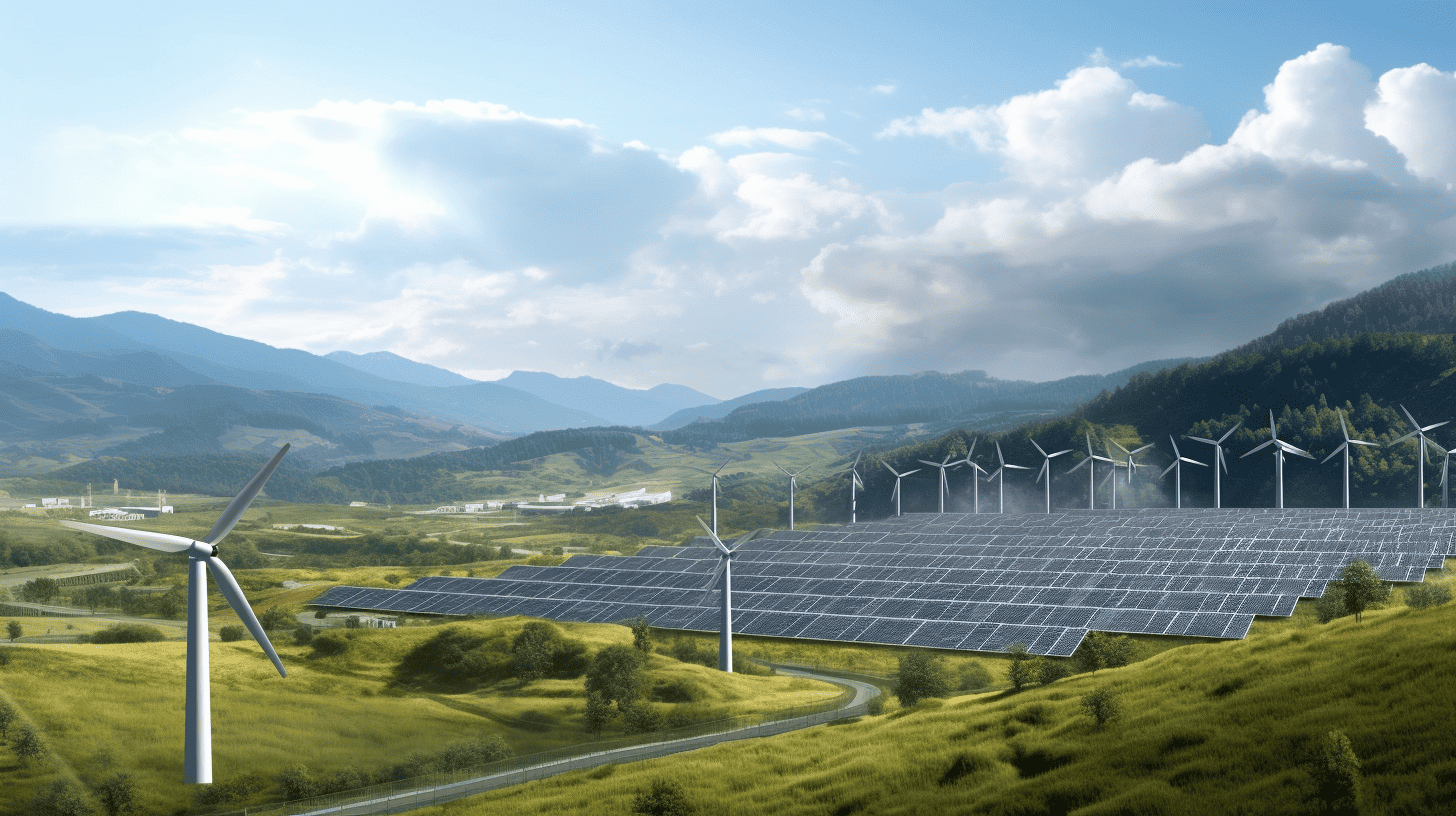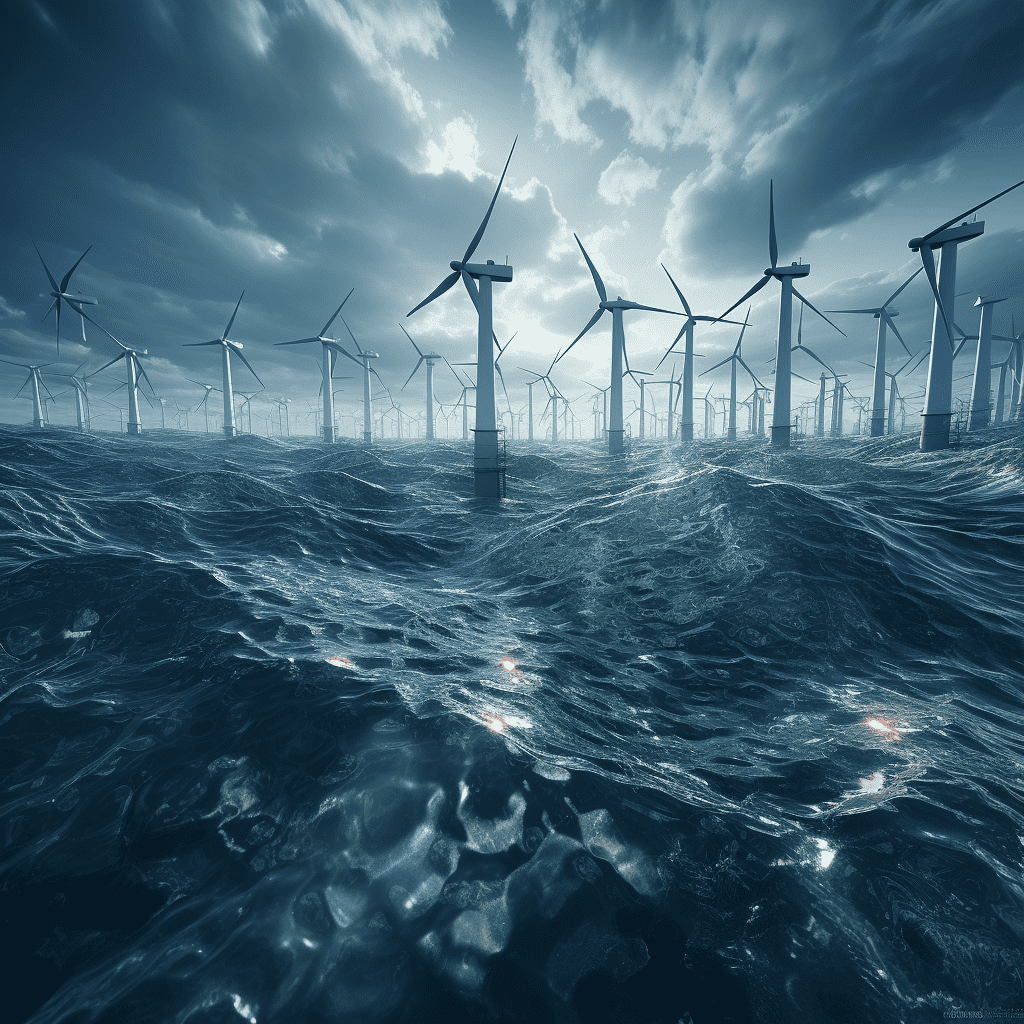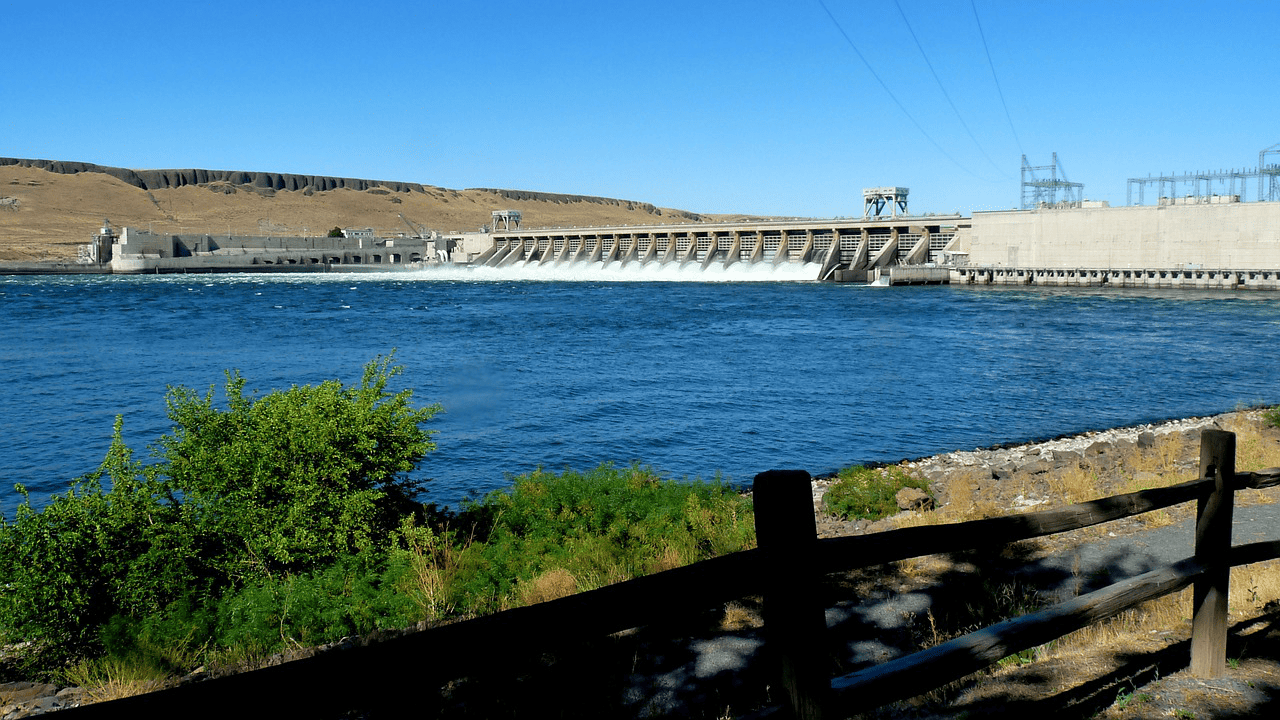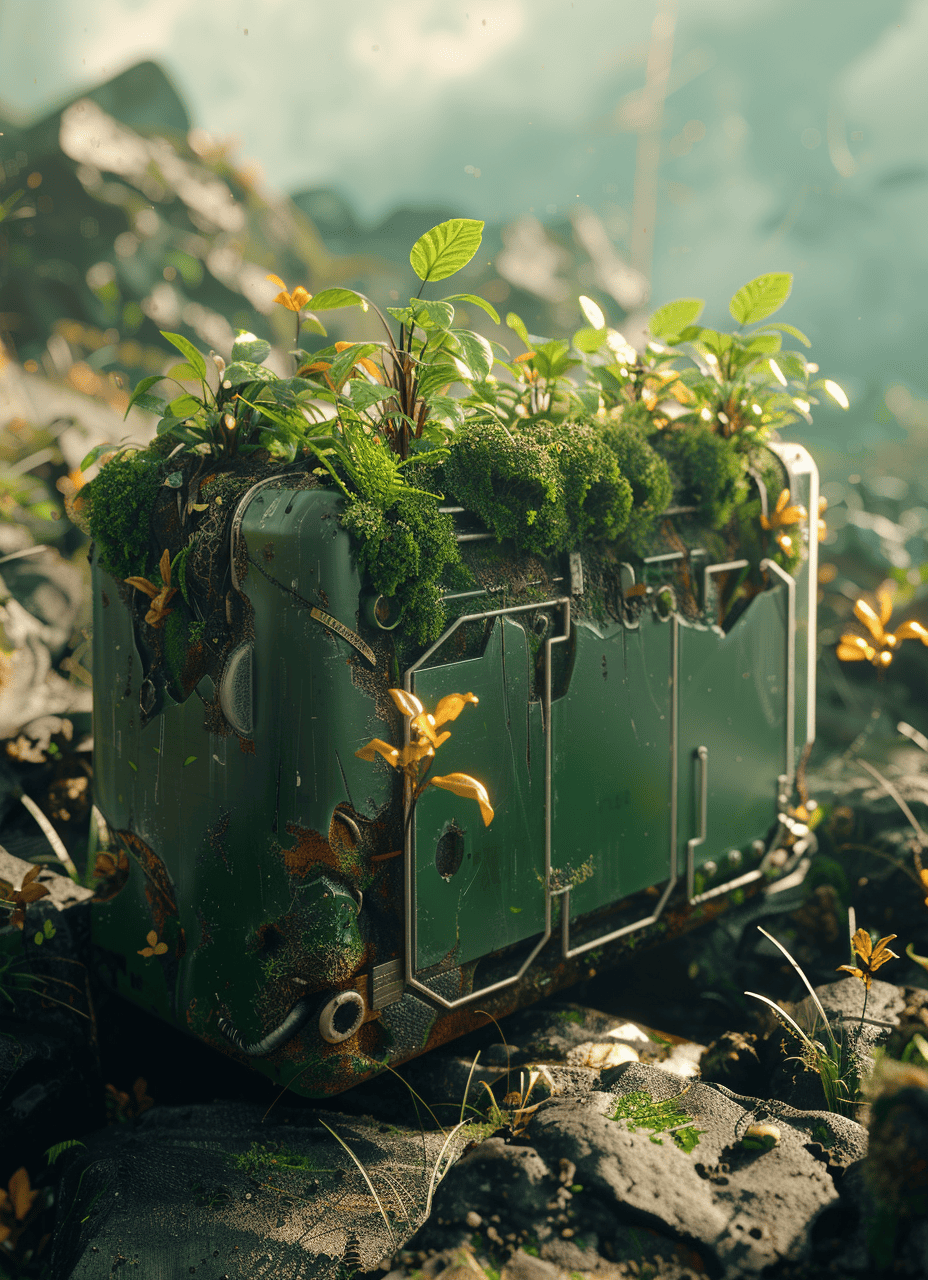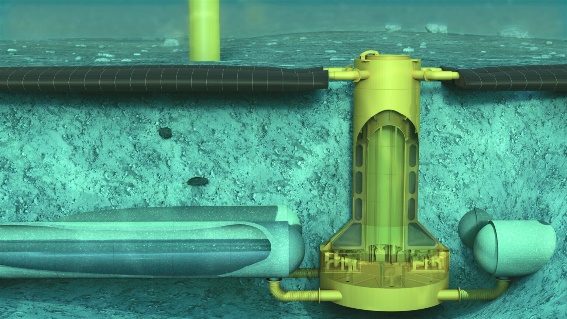
In the future, we will be using more and more sustainable energy, generated by wind turbines and solar panels. However, this energy is subject to weather conditions. This makes electricity storage systems indispensable. Ocean Grazer devised a hydroelectric power plant that is placed on the seabed and can store excess energy from wind turbines. During a webinar hosted by KIVI Elektrotechniek, CEO of Ocean Grazer Frits Bliek told us how these plans are progressing. The system will soon be tested in a sand quarry in the Netherlands
The year could not have started better for the Groningen-based tech start-up Ocean Grazer. Along with attracting many interested investors, the Ocean Battery that the company developed, is the recipient of the CES 2022 Innovation Award in the Sustainability, Eco-Design & Smart Energy category. “CES is a very influential tech platform and this is something that we have noticed. We’re are flat out at the moment answering calls from everyone who is interested in what we’re doing,” Bliek said during the KIVI webinar.
Flexibility
Bliek is confident that the Ocean Battery will be able to carve out a position for itself in the global market over the years to come. According to him, the underwater battery has the potential to play a major role in the energy transition as there is an increasing need for smart storage systems around the world. After all, more and more wind farms are being added. “What are we going to do when we start generating so much power off shore? How will we make sure that we still have power at 12 o’clock at night when the wind is not blowing and the sun is not shining? We need to be generating flexibility and we can contribute to that. Ultimately, we hope to capture 10 percent of the market.”
A major advantage of Ocean Grazer’s system is that it can expand along with the capacity of wind farms. The storage system can be composed of several connected, self-contained units. Consequently, units can be added if the wind farm is scaled up. Also, in the event of a malfunction, maintenance can be performed without having to shut down the entire system.
How does the Ocean Battery work?
The system is made up of a pump and large bags that are installed on the bottom of the sea. When wind turbines produce a surplus of energy, this energy is used to activate a pump. This pumps up water from an underground reservoir, which is then stored in the bags. These bags are put under pressure by the seawater. When energy is needed, the bags empty out under pressure. This water flow is used to drive turbines to generate electricity. The Ocean Battery is also suitable for relatively shallow waters, such as in the case of the North Sea.
Competing with hydrogen
Eventually, the ambition is to be able to compete with conventional storage systems. Bliek: “You can convert energy into hydrogen at those times when you have a surplus. We are also moving more and more towards hydrogen solutions in the Netherlands. However, this does not have a very high level of efficiency.” Conversion of electricity to hydrogen runs at an efficiency of about 75 percent, while the Ocean Battery can reach 80 percent, the company states.
A sustainable alternative
The start-up believes that the Ocean Battery has other advantages over regular storage systems. For one thing, the battery is sustainable on several levels. “Except for the magnet in the pump, we don’t use any rare earth materials. This is the case, for example, when you start using lithium batteries in large numbers. Moreover, we use water in the storage system. So, if the system were to leak, no pollutants would end up in the sea.” According to Bliek, the storage system is even ideal for use as an artificial reef. ” We are consequently contributing to a rich marine life. All in all, I think we have a very positive effect on the environment.”
The next step
Last year, the spin-off from the University of Groningen tested the first prototype together with Groningen Seaports at the Dutch port town of Eemshaven. It is now time for the next step. “We are busy developing the system even further and are going to carry out tests in a sand quarry.” Most likely the battery will be placed in a quarry in Sellingen. “We can practice there in peace and quiet.”
“In the sand quarry, we specifically want to learn how the installation process can best be designed. Of course, we also want to validate the whole integration process of all the technology on a commercial-grade system. The goal here is to minimize the risks for an offshore rig and to set up things such as management and maintenance properly.”
In addition to wind turbines, research is underway at the sand quarry to see if the system works with solar panels. “In the Netherlands, there are about 500 sand quarries that you could build our system into. There are plans to build floating solar parks in many locations. It was a revelation for me to realize that there are so many locations in the Netherlands where there are plans for solar parks. Obviously, that’s another whole new market for us.”



